Explore the potential of perpetual harvest, a visionary farming approach ensuring continuous growth. Learn the hows for a sustainable and nourishing future.
At its core, perpetual harvest is a cultivation operations plan that embraces the power of continuous growth and maximizes the potential of the land. Gone are the days of seasonal limitations and unpredictable yields. Perpetual harvest allows us to harness the full potential of our resources, ensuring a steady stream of nourishment for both ourselves and the world around us. To support this level of coordination and consistency, implementing a robust cannabis cultivation software system can help streamline scheduling, track plant movement across growth phases, and maintain compliance at every stage.
What is a Perpetual Harvest?
In the world of cannabis cultivation, the concept of a perpetual harvest is like music to the ears of both growers and consumers alike. But what exactly does it entail, and why is it so valuable to businesses in the cannabis industry? Let’s dive in and explore the fascinating world of perpetual cannabis harvests.

What is a Perpetual Cannabis Harvest?
A perpetual cannabis harvest is a cultivation method that involves maintaining plants in all stages of development simultaneously. It’s a delicate ballet of timing, where cultivators strategically move plants through different areas of the cultivation facility to ensure a continuous supply of flowering plants.
Imagine a well-choreographed dance, where plants seamlessly transition from vegetative growth to flowering, ensuring a steady stream of mature plants ready for harvest. This harmonious rotation of plants allows cultivators to meet market demands consistently, eliminating the dreaded droughts or surpluses that can occur with traditional harvest schedules.
The Business Value of a Perpetual Cannabis Harvest
Now that we have a better understanding of what a perpetual cannabis harvest is, let’s explore the business value it brings to the table. There are two primary advantages that make this cultivation method a game-changer for businesses in the cannabis industry.
1. Never Running Out of Weed
Perpetual cannabis harvests ensure a steady supply, with rapid maturation allowing for up to 6 harvests annually. This consistent output provides peace of mind, financial savings, and reliability for cultivators, meeting consumer demands effectively. Embracing perpetual harvests becomes a win-win situation for both businesses and consumers.
2. Disaster Insurance: Bouncing Back Stronger
A perpetual cannabis harvest system acts as disaster insurance, providing cultivators with a safety net. Quick transitions from vegetative to flowering stages save time and resources, minimizing setbacks from unexpected losses, ensuring businesses can rebound stronger. This system prevents the devastating impact of crop loss, allowing for resilience and efficiency in cannabis cultivation.
Related Reading
- Cannabis Climate Control
- Marijuana Grow System
- When To Transplant Cannabis
- Cannabis Industry Statistics 2024
- Cannabis Grow Room
- Cannabis Mother Plant
- Propagating Cannabis
- Cultivation Operations Plan
- Cannabis Grow Problems
What are the Costs Associated with Perpetual Harvesting?
When it comes to perpetual cannabis harvesting, there are certainly some added costs to consider. While not necessarily doubled, there will be an increase in expenses for power, nutrients, and grow medium.
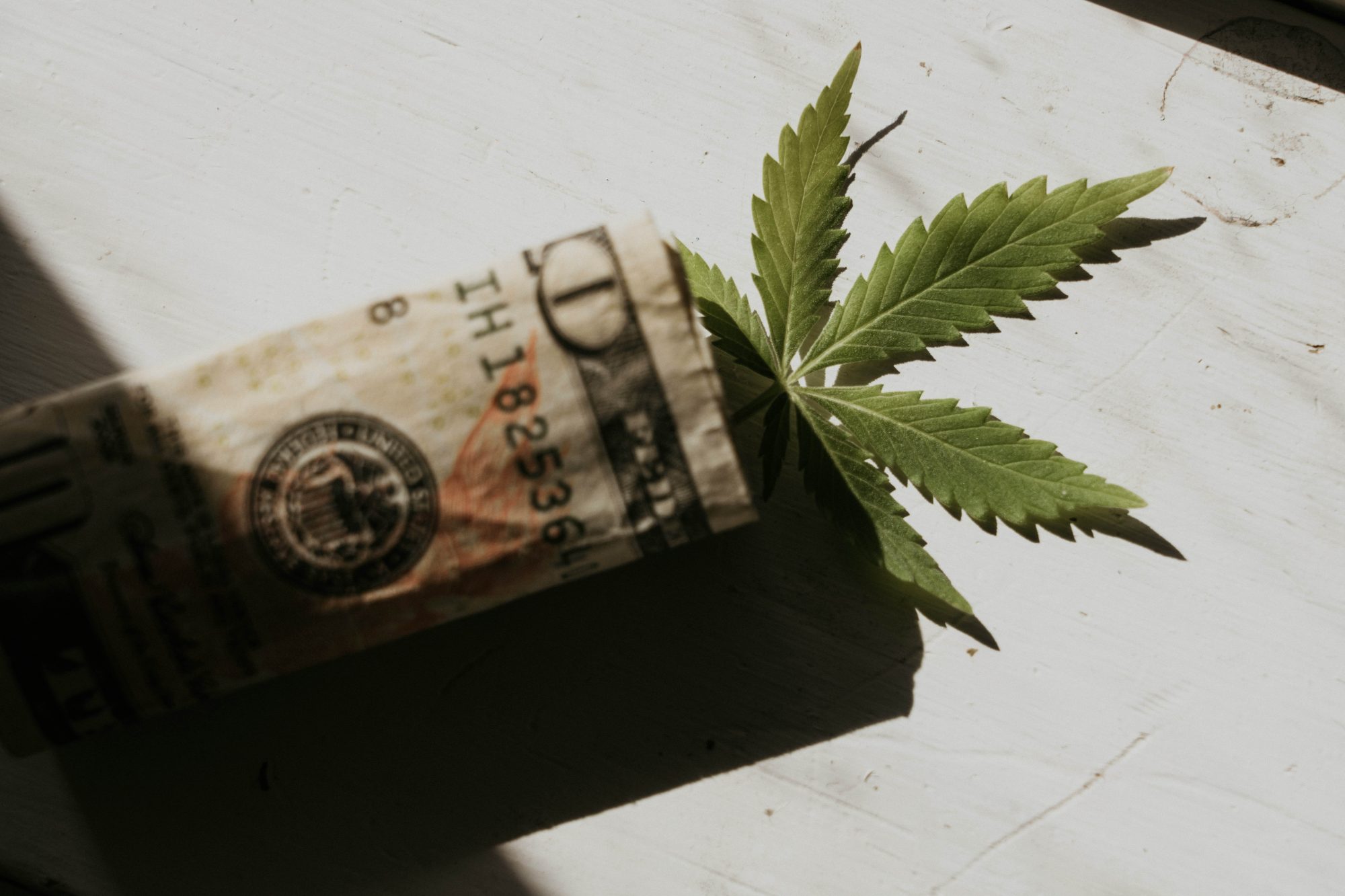
1. Increased Power Costs
Maintaining a perpetual harvest requires continuous lighting for both the vegetative and flowering stages. This means running lights for 18-24 hours a day during vegetative growth and 12 hours a day during flowering. As a result, there will be an increase in electricity consumption, leading to higher power bills.
2. Additional Nutrient Expenses
With perpetual harvesting, you will have plants at various stages of growth at all times. This means you will need to provide nutrients to plants in different phases simultaneously. You may need to invest in larger quantities of nutrients to meet the demands of multiple plants in different growth stages. This can add up to higher costs over time.
3. Grow Medium Costs
Perpetual harvesting requires a continuous supply of grow medium, such as soil or hydroponic systems. As you maintain plants at different stages, you will need to replace or replenish the grow medium for each new batch of plants. This ongoing need for grow medium can increase your expenses.
4. Setup Costs
While the ongoing costs of perpetual harvesting can add up, it’s important to note that there are also some initial setup costs to consider. This includes investing in additional lighting, ventilation systems, and other equipment to create separate spaces for vegetation and flowering stages. These setup costs can be balanced out over time as you continuously harvest and reap the benefits.
Additional Time Requirements
Perpetual harvesting also demands more time and attention from the grower. With twice as many plants to manage, you will need to dedicate extra time to each stage of the growth process.
Vigorous Growth Management
In a perpetual vegetation chamber, regular topping and training of plants are often necessary to promote vigorous growth. This involves techniques such as pruning, bending, and tying branches to manipulate the plant’s shape and encourage bushier growth. While this extra time investment may seem demanding, many growers enjoy the opportunity to connect with their plants and witness their progress.
Pro Tip for Cannabis Cultivators
Implementing a seed to sale software system can greatly assist with the successful execution of a perpetual cannabis harvesting by helping cannabis cultivators effectively track and manage plant life cycles, and streamline their workflows around all of their plant growth stages.

Did you know? GrowerIQ has an industry-leading Seed-to-Sale Cannabis Software (with quality management built in) that is designed to uncomplicate cannabis production for cannabis producers throughout the world.
What are the Best Strains for Perpetual Harvesting?
When it comes to running a successful perpetual harvesting operation, choosing the right strain is crucial. The strain you select will affect various aspects of your cultivation process, including the duration of the flowering phase and the overall yield. Here are some considerations that cannabis cultivators have to make when choosing the right strain for their perpetual harvesting operation:
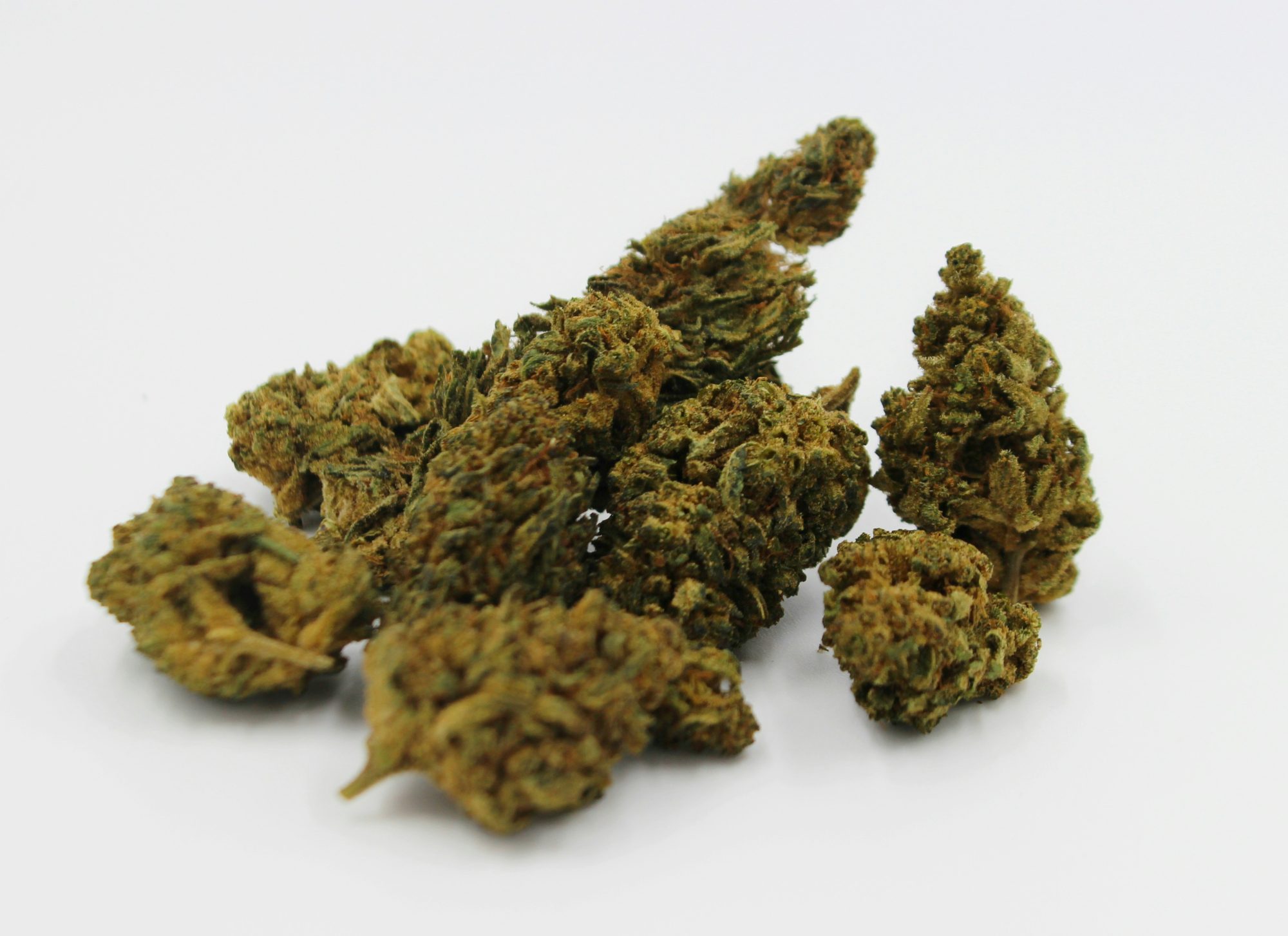
1. Flowering Time
One of the most important factors to consider is the flowering time of the strain. Indica-dominant strains tend to have a shorter flowering phase compared to Sativa-dominant strains. Sativa-dominant strains can take up to four weeks longer to finish flowering. If you’re looking to achieve faster turnaround times, it’s advisable to opt for Indica-dominant strains or auto-flowering varieties.
2. Yield Potential
Another crucial consideration is the yield potential of the strain. Different strains have different growth patterns and bud structures, which can affect the overall yield. Some strains are known for their high yields, while others may produce lower quantities of buds. Assessing the yield potential of each strain can help you determine which ones are best suited for your perpetual harvesting operation.
3. Genetic Stability
Genetic stability is also an important factor to consider. Some strains may exhibit genetic instability, leading to variations in phenotypes and inconsistent yields. It’s essential to choose strains from reputable breeders known for producing stable genetics. This ensures that you have a consistent and predictable crop, making it easier to maintain a perpetual harvesting schedule.
4. Pest and Disease Resistance
Pest and disease resistance should also be taken into account when choosing a strain for perpetual harvesting. Certain strains may be more susceptible to common cannabis pests and diseases, which can significantly impact your cultivation operation. Opting for strains with natural resistance or tolerance to pests and diseases can help minimize the risk of crop loss and reduce the need for pesticides or fungicides.
5. Desired Effects and Market Demand
Consider the desired effects and market demand for the strain. Understanding your target audience and the preferences of your customers can help you choose strains that align with their needs. Whether you want strains with high THC levels for a recreational market or CBD-rich strains for a medical market, it’s crucial to select strains that have the desired effects and appeal to your target demographic.
Related Reading
- Cannabis Compliance
- Indoor Grow Room Supplies List
- Cannabis Enterprise Resource Planning
- Cannabis Product Development
- Cannabis Cloning
- How To Clean Grow Tent
- Cannabis Remote Monitoring
- Cannabis Ipm
- Cannabis Grow Equipment
- Cannabis Grow Log
- Cannabis Erp Selection
- Cannabis Grow Tracking
- Marijuana Growing Equipment
- Cannabis Erp Adoption
- Sensors For Cannabis Growers
- Cannabis Growing Systems
Tips for Running a Perpetual Harvest with Autoflowering Strains
Autoflowering cannabis strains have gained significant popularity in the modern world of cannabis cultivation. These strains possess unique genetics that allow them to progress rapidly through their life cycle, making them ideal for creating a perpetual harvest. Let’s explore how cultivators can set up a perpetual harvest with autoflowering strains.
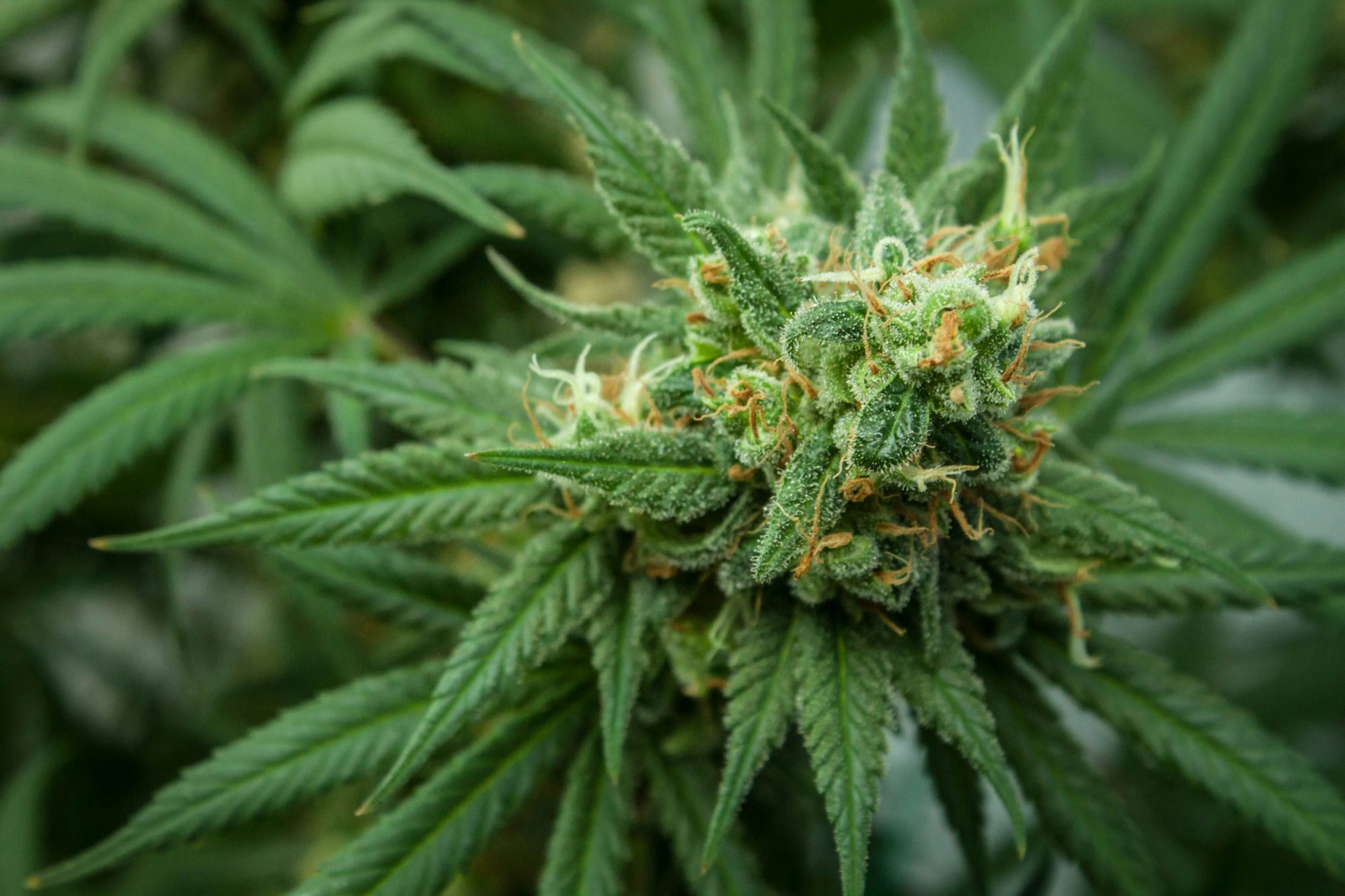
Starting autoflowering seedlings in their final pot
When cultivating autoflowering strains, it is crucial to start the seedlings in their final pot. Unlike photoperiod plants, autoflowers do not respond well to transplantation. By starting them in their final pot, we minimize stress and ensure a smooth growth process. This practice is known for reducing transplant shock during the vegetative stage, enabling the plants to focus on their growth and development.
Being aware of nutrient requirements
Autoflowering strains have lower nutrient requirements compared to photoperiod plants. This is primarily due to their short lifespan. When cultivating autoflowers in living soil, they may not require nutrient supplementation until later in the flowering stage. The pre-charged products in the living soil naturally feed the plants through the early vegetative stages. To avoid nutrient overload and burning, it is advisable to cut recommended nutrient recipes by one-half to one-third when feeding autoflowers.
Setting up a Schedule for Staggered Harvesting
A key advantage of autoflowering strains is their built-in time clock, which allows us to establish a schedule for staggered harvesting. By strategically timing our seed plantings, we can create a continuous supply of high-quality buds. The recommended interval for staggering plantings is every four to six weeks. This ensures that when the first round of autoflowers reaches the flowering stage, new seeds are already germinating, ensuring a steady flow from germination to harvest time.
10 Steps to Setting up a Sustainable Perpetual Harvesting Operation
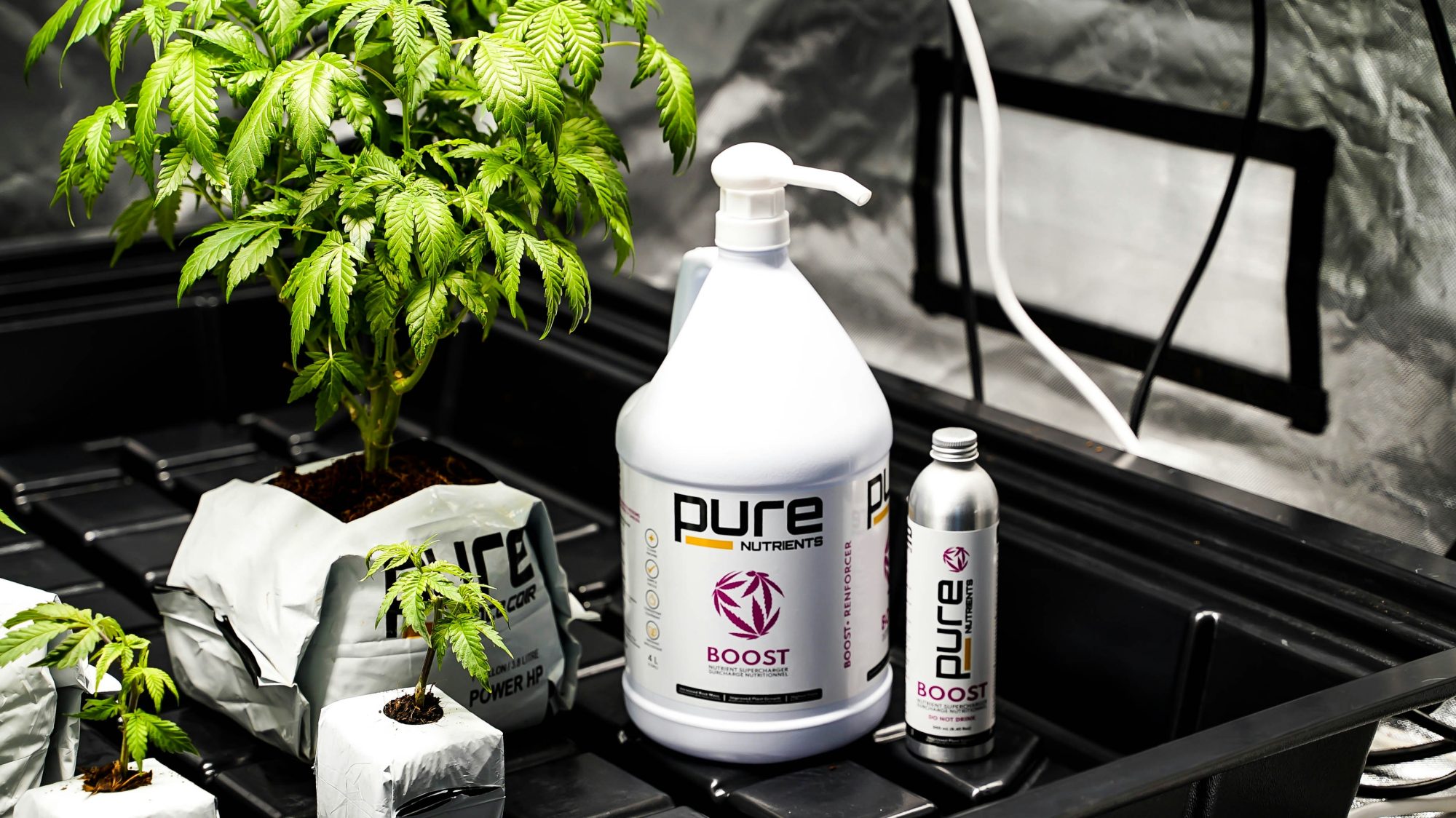
1. Designing Your Cultivation Space: Creating the Optimal Environment for Perpetual Harvesting
The first step is to design your cultivation space. The reasoning behind this step is that the cultivation space plays a crucial role in determining the overall quality and yield of your plants. By carefully designing the space, you can optimize factors such as lighting, temperature, humidity, and air circulation, which are all critical for cannabis cultivation.
When designing your cultivation space, consider the following:
Determine the size and layout
Calculate the amount of space you have available and plan the layout accordingly. Consider factors such as the number of plants you intend to grow and the type of cultivation method you will employ (e.g., hydroponics, soil-based, or aeroponics).
Lighting
Choose the appropriate lighting system for your cultivation space. LED lights are commonly used due to their energy efficiency and ability to provide the full spectrum of light required for optimal plant growth.
Temperature and humidity control
Install a reliable ventilation and air conditioning system to maintain the ideal temperature and humidity levels. Cannabis plants thrive in temperatures between 70-85°F (21-29°C) during the day and slightly cooler temperatures at night.
Air circulation and filtration
Ensure proper air circulation by installing fans and filters to prevent the buildup of stale air and control odors. This is particularly important in indoor cultivation spaces.
2. Obtaining Necessary Equipment and Supplies: Setting Yourself Up for Success
Once you have designed your cultivation space, the next step is to obtain the necessary equipment and supplies. This step is essential to ensure that you have everything you need to cultivate healthy and productive cannabis plants.
To obtain the necessary equipment and supplies, follow these guidelines:
Research and compare suppliers
Look for reputable suppliers of cannabis cultivation equipment and supplies. Compare prices, quality, and customer reviews to make informed purchasing decisions.
Essential equipment
Determine the equipment you need based on your cultivation method and space. This may include lighting fixtures, irrigation systems, grow tents, air filtration systems, humidity controllers, pH meters, and nutrient solutions.
Quality over quantity
Invest in high-quality equipment and supplies, as they will contribute to the success and longevity of your cultivation operation. Cutting corners in this area can lead to subpar results and higher costs in the long run.
3. Selecting Cannabis Strains: Choosing the Right Genetics for Perpetual Harvesting
The choice of cannabis strains is a crucial decision that will impact the success of your perpetual harvesting operation. Selecting the right strains involves considering various factors such as desired effects, growing conditions, and market demand.
Consider the following when selecting cannabis strains
Desired effects
Determine the type of effects you want your cannabis to produce. Strains can range from those that provide a relaxing and sedating effect (indica) to those that offer a more energizing and uplifting effect (sativa).
Growing conditions
Research the environmental preferences of different strains. Some strains may require specific temperature, humidity, and lighting conditions for optimal growth. Choose strains that are well-suited to your cultivation space and resources.
Market demand
Consider the demand for different strains in the market. Analyze consumer preferences and trends to ensure that you are growing strains that will sell well and generate a profit.
4. Establishing a Propagation Area: The Foundation for Success
A propagation area is a dedicated space where new plants are started from seeds or cuttings. Establishing a propagation area is essential for perpetually harvesting cannabis plants, as it ensures a constant supply of healthy, young plants to replace mature ones.
Follow these steps to establish a propagation area:
Choose the right propagation method
Decide whether you will start your plants from seeds or cuttings (clones). Each method has its advantages and disadvantages. Seeds offer genetic diversity, while clones provide consistency.
Acquire quality seeds or clones
Source seeds or clones from reputable suppliers to ensure genetic quality and avoid potential pests or diseases.
Provide the ideal conditions
Create a controlled environment in your propagation area, maintaining a temperature of around 70-75°F (21-24°C) and a humidity level of 70-80%. Use propagation trays or rockwool cubes to support the growth of young plants.
5. Implementing a Vegetative Area: Nurturing Growth and Development
Once your young plants have rooted and established themselves, they are ready to be transferred to the vegetative area. This is where they will grow and develop before transitioning to the flowering stage.
Implement the following steps to successfully maintain a vegetative area:
Lighting and photoperiod
Provide 18-24 hours of light each day to simulate long summer days. Use high-quality grow lights to ensure optimal growth and prevent stretching.
Nutrient and water management
Provide balanced nutrient solutions and ensure proper watering to promote healthy growth. Monitor pH levels regularly to maintain optimal nutrient uptake.
Pruning and training
Regularly trim and train the plants to encourage bushier growth and maximize light penetration. This can be done through techniques such as topping, low-stress training (LST), or scrogging.
6. Introducing a Flowering Area: The Transition to Full Bloom
Once the plants have reached the desired size and have had sufficient time in the vegetative stage, it is time to introduce them to the flowering area. This is where the plants undergo the transition from vegetative growth to full bloom.
Follow these steps to successfully introduce a flowering area:
Adjust lighting schedule
Switch to a 12/12 light schedule, providing 12 hours of uninterrupted darkness and 12 hours of light each day. This triggers the plants’ hormonal response and induces flowering.
Optimal lighting conditions
Ensure that the flowering area is equipped with the appropriate lighting to support the plants’ increased demand for energy. High-intensity discharge (HID) lights are commonly used during the flowering stage.
Nutrient adjustments
Adjust the nutrient ratios to support flowering and bud development. Increase phosphorus and potassium levels while reducing nitrogen levels.
7. Overlapping Growth Stages: Achieving Perpetual Harvesting
To achieve perpetual harvesting, it is essential to overlap the growth stages of your plants. This means having plants in different stages of development at the same time, allowing for a continuous cycle of harvests.
Follow these guidelines to successfully overlap growth stages:
Plan for multiple harvests
Divide your cultivation space into sections or rooms to accommodate plants at different stages of growth. This ensures a continuous cycle of planting, vegetative growth, flowering, and harvesting.
Schedule and stagger plantings
Plan your plantings in a way that allows for a seamless transition from one stage to the next. Start new plants in the propagation area as soon as mature plants are harvested, ensuring a constant supply of young plants.
Maintain a consistent cycle
Monitor and adjust planting and harvesting schedules as needed to maintain a consistent cycle and avoid gaps or overlaps in the production process.
Streamline Cannabis Cultivation8. Harvesting and Drying Mature Plants: Timing is Everything
Harvesting and drying the mature plants at the right time is crucial to preserving the quality and potency of the buds. Timing the harvest properly ensures that the plants have reached their peak cannabinoid and terpene production.
Follow these steps for a successful harvest and drying process:
Trichome inspection
Use a magnifying tool to examine the trichomes on the buds. Look for the right balance of milky white and amber-colored trichomes. Harvest when the desired ratio is reached.
Flush the plants
Stop feeding nutrients and flush the plants with plain water for a week or two before harvest. This ensures that excess nutrients are removed, resulting in a cleaner and smoother smoke.
Cut and hang
Carefully cut the plants at the base and hang them upside down in a well-ventilated area with a temperature of around 70°F (21°C) and a humidity level of 50-60%. This allows for a slow and controlled drying process.
9. Curing and Processing Harvested Buds: Uncovering the Hidden Gems
After the initial drying process, the buds need to undergo proper curing to develop their full flavor, aroma, and potency. Curing enhances the quality of the harvested buds by breaking down chlorophyll and allowing terpenes to fully develop.
Follow these steps to successfully cure and process your harvested buds:
Jarring and burping
Place the dried buds in glass jars, filling them about three-quarters full. Seal the jars and burp them daily for the first week to release excess moisture and prevent mold.
Monitor humidity and temperature
Aim for a humidity level of around 60-65% and a temperature of 60-70°F (15-21°C) during the curing process. Use humidity packs or moisture meters to ensure optimal conditions.
Patience is key
Allow the buds to cure for at least two weeks, although longer periods can lead to even better results. Properly cured buds will have a smooth smoke, enhanced flavor, and improved potency.
10. Keeping Detailed Records and Continuously Improving: The Path to Mastery
To run a successful and sustainable perpetual harvesting operation, it is crucial to keep detailed records and continuously improve your processes. By tracking and analyzing data, you can identify areas for improvement and make informed decisions.
Follow these guidelines for record-keeping and continuous improvement:
Maintain a cultivation journal
Record important data such as strain information, planting dates, nutrient schedules, environmental conditions, and harvest yields. This information will help you identify trends and optimize your cultivation practices.
Analyze and adjust
Regularly review your records and analyze the data to identify patterns and areas for improvement. Look for opportunities to optimize resource utilization, increase yield, and enhance product quality.
Embrace experimentation
Continuously experiment with different cultivation techniques, nutrient formulations, and environmental conditions. Keep track of the outcomes and learn from each experiment to refine your processes.
Related Reading
- Cannabis Tracking Software
- Cannabis Tracking System
- Cannabis Accounting Software
- Cannabis Erp
- Cannabis Cultivator Software
5 Tips for Getting Started with a Perpetual Harvest
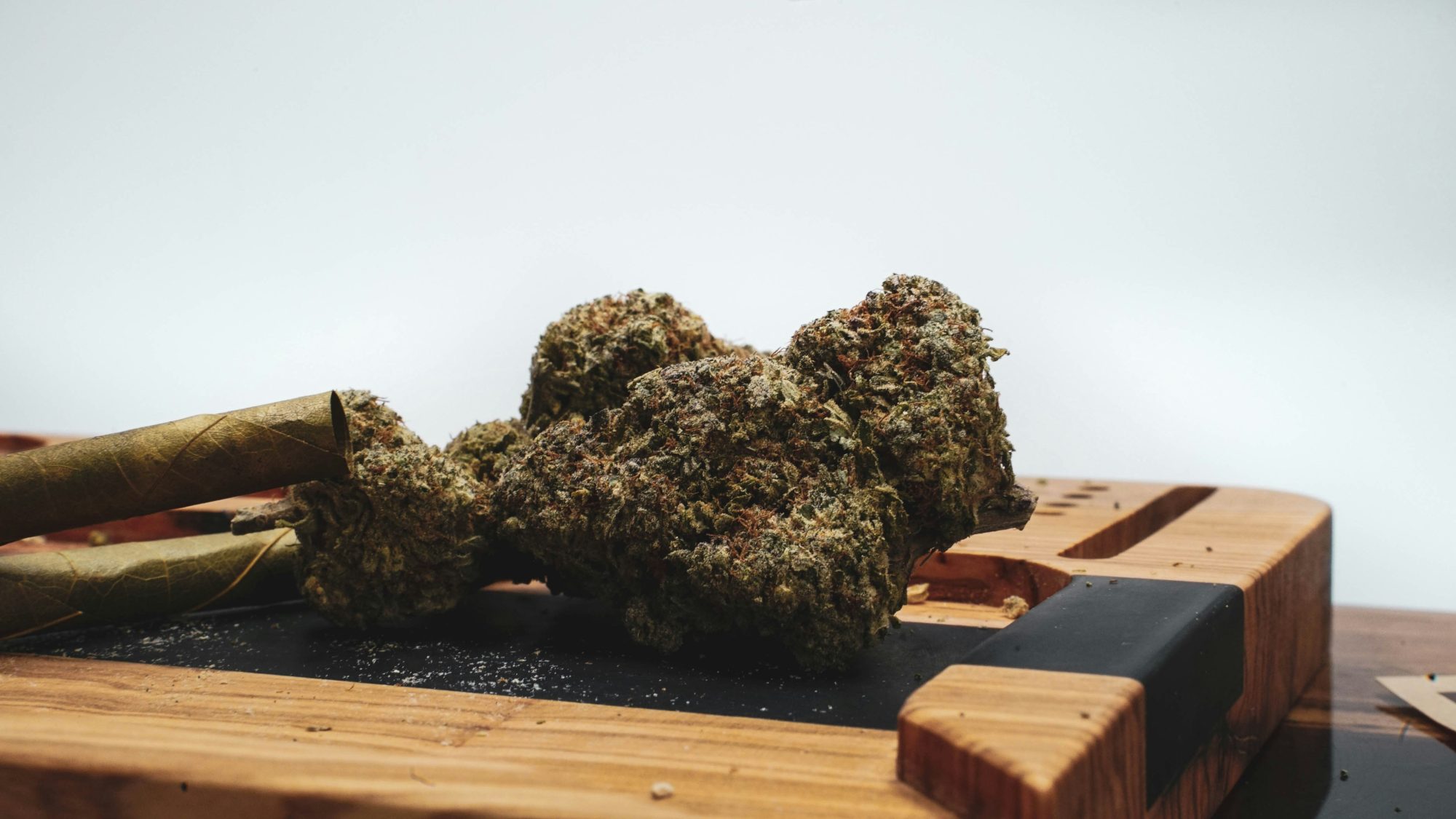
1. Understand Your Cultivar
To ensure a successful perpetual cannabis harvest, it is crucial to understand the unique characteristics of your cultivar. Cannabis plants vary in terms of growth patterns, size, and maturity time. Sativa strains, for example, tend to be taller and take longer to reach maturity, while indica strains and hybrids are typically shorter and mature faster. By knowing the lifecycle timing and size characteristics of each variety, you can create a cultivation plan that optimizes your growing space and resources.
2. Use Partitioned Growing Areas
Maintaining a clean cultivation facility and effectively rotating crops is essential for a perpetual harvest. By dividing your growing space into separate areas, you can easily manage different stages of plant growth. A minimum of four designated areas is recommended: one for clones, one for vegetative growth, and two for flowering. Each stage requires specific care and conditions, and partitioned areas allow you to focus on each stage more efficiently.
3. Get to Know Your Cannabis Plants
While understanding the general characteristics of a cultivar is important, it is equally crucial to get to know your specific cannabis plants. Growth cycles can vary based on genetics, growing methodologies, and environmental conditions. Observing your plants’ growth cycle carefully and maintaining a detailed log will help you determine the appropriate amount of time needed for each stage. This knowledge will allow you to optimize your perpetual harvest and achieve the best possible yields.
4. Use a System Conducive to Rotation
When designing your cultivation facility, it is essential to choose a system that allows for easy movement of plants. Whether you prefer soil or hydroponics, it is important to minimize disruption to the plants. By utilizing techniques and technology from traditional floriculture operations, you can save time, labor, and money. Efficient plant movement management will not only streamline your perpetual harvest but also reduce labor costs over time.
5. Use a Seed to Sale System
Tracking and monitoring your perpetual harvest becomes significantly easier when you have a reliable seed to sale software. This software allows you to track plant growth, manage compliance, and streamline cultivation, manufacturing, and quality management processes. The GrowerIQ solution, for example, combines Compliance, Cultivation, Manufacturing, Quality Management System, and CRM in one user-friendly platform. By utilizing such a system, you can ensure that your perpetual cannabis harvest operates smoothly and efficiently.
Discover how GrowerIQ’s seed-to-sale software can help you set up all of the administrative components of a successful cannabis cultivation operation, without any hassle. Questions we haven’t covered? Please reach out and let us know. GrowerIQ serves clients coast to coast, and we’re ready to help your team today.
Streamline Cannabis CultivationAbout GrowerIQ
GrowerIQ is changing the way producers use software - transforming a regulatory requirement into a robust platform to learn, analyze, and improve performance.
To find out more about GrowerIQ and how we can help, fill out the form to the right, start a chat, or contact us.

